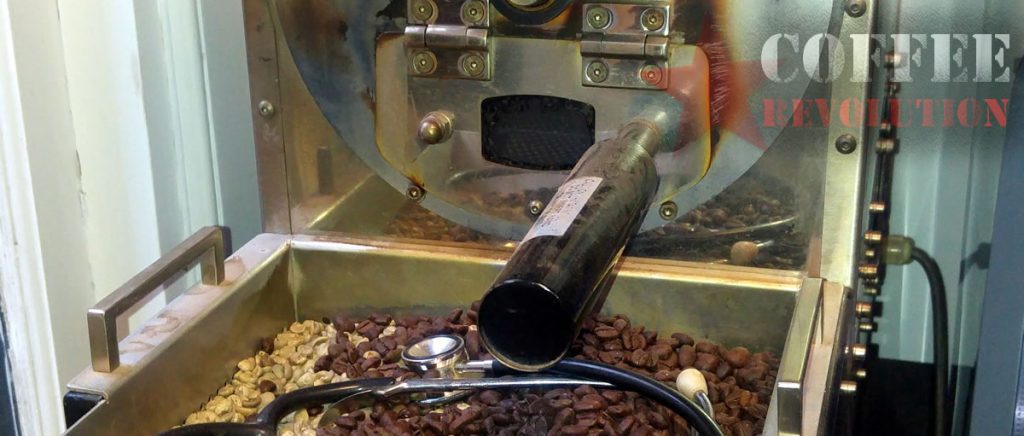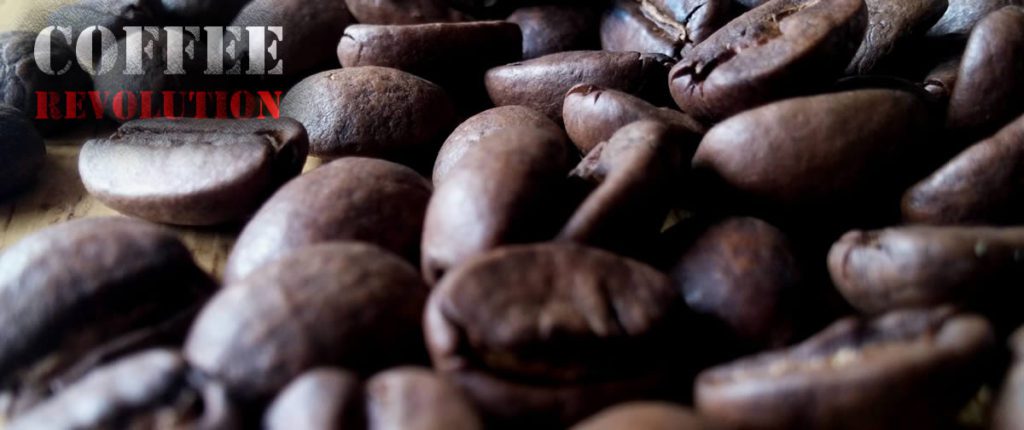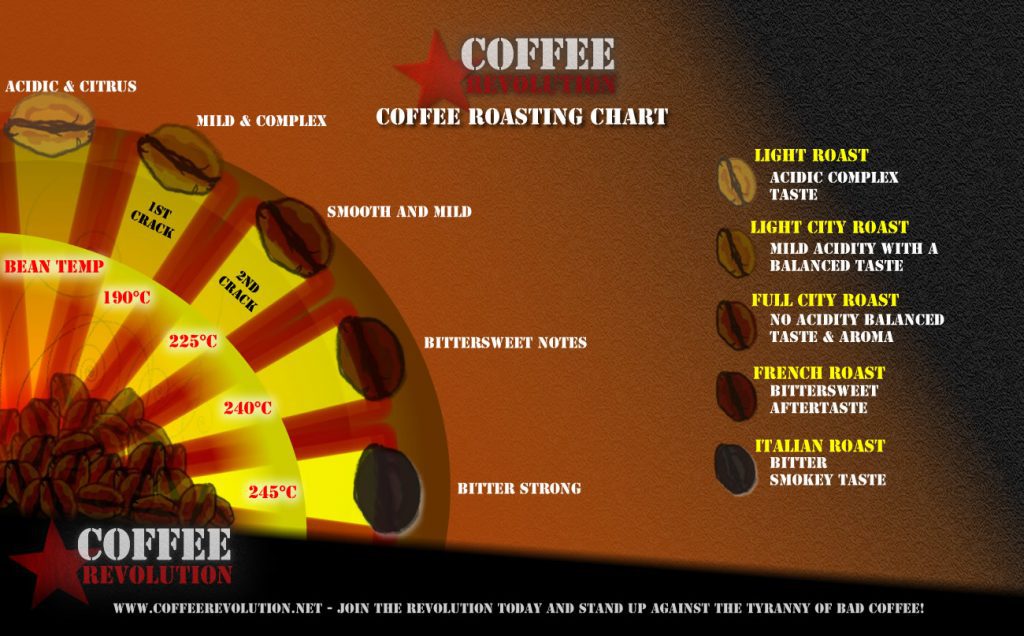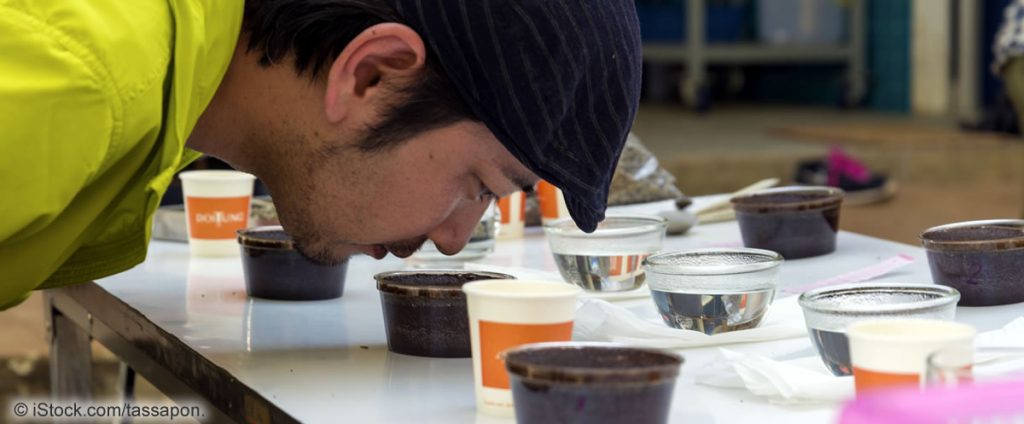How the roast type (darkness) affects your coffee taste?
Coffee consumers are varied, as are their tastes. And wouldn’t it be a boring world if we were all the same.
By experimenting with roasting coffee beans for different duration’s and temperatures, speciality brewers have been able to offer to these varying tastes.
Coffee roasting has become a skill but what result does each roast have on your coffee?
Many factors will go into making the taste profile of any certain coffee.
The site and setting that a plant is cultivated in, due to varying sunlight and rainfall all plays a vast part in flavour.
Even subtle things like the way the bean is washed, time picked and processed also has a bearing.
Though, one of the major factors bearing on its aroma and taste is the roasting process, so lets break this down.
Usually, lighter roasts maintain more of the characteristic features from their growing zone, whereas darker roasts take on smoky and stronger tasting qualities from being roasted because they are exposed for a lengthier period to higher levels of heat.
Two core aspects control a bean’s type of roast: time and temperature. These essentials are what control which class a coffee will fall into.
Types of Coffee
Coffee roast are many and varied but in reality there are 4 primary types of roast colours and stages: light roasts, medium, medium-dark, and dark.
Then each of these primary groups has several subgroups within it, which explain roast stages even more and breaks it down more subtly.
Regional areas have different names for these roasts as well which can catch out the unwary, but we are going to mention the popular names.
Light Roasts:
They live up to their name in being the brightest of the roasted coffees. Only heated for around 7 – 8 minutes, they are removed soon after the “first crack”.
At this level, the inside temperature of the bean has touched roughly 350-400ºF.
The beans are frequently a very light brown and have a very dry outward, meanwhile, they are not warmed long enough for oils to be released.
Often, the coffees characterised here to have a minor flavor that imitates its place of origin well. This phase contains common roasts such as:
- Light Roast
- Light City
- Half City
- Cinnamon
- New England
Medium Roasts:
Medium roasts are a little deeper-brown than their brighter complements since they are roasted for 9-11 minutes and reach an inside temperature of up to 428ºF.
They generally have a filled body but are still oil-free on the outward. Beans in this class consist of
- City
- Light city
- American
- Breakfast.
Dark Roasts:
Dark roasts are polished with oil and are a very dark colour every so often almost black.
With a 14-minute roast time, these beans naturally have a solid flavor shape than any of their brighter complements.
The word charred is usually used for this type, based on the fact that these beans are extremely well roasted, sometimes reaching upwards of 510ºF.
At this phase, almost no indications of acidity remain and, instead, they often have a little unpleasant taste but bitter smokey notes dominate.
- Italian
- French
- Dark
Favourite Roast
Each customer will certainly have a changed roast preference, which is why massive differences of coffees are so extensively offered on the market.
So now the question is which is my favourite? Whatever I choose, have fun with it, and enjoy the brew.
I am most definitely of the dark roast persuasion. That said, I have had some dark roasts that are acidic and unpleasant, but I guess that means they have been roasted for far too long.
Coffee brewed at too high a temperature, or over extracted will cause this acidic taste too.
Some of the lighter roasts definitely lack character for me, but I guess it’s individual taste buds that matter, and some people just can’t take the taste of some of the darker roasts.
But even the addition of cream and sugar won’t cut through that acidic taste if you’re unlucky enough to find yourself with an over-roasted bean.
Preparation Method
Coffee beans are dry, roasted, and ground before brewed into coffee.
Once the coffee beans have been chosen, they are treated using an either dry or wet process and then crushed to eliminate the skin of the coffee, also recognised as hulls.
It’s during the roasting course that acrylamide, a white, unscented, crystal compound, is formed in the coffee bean.
Acrylamide levels rise early in the heating procedure and decline.
Dark roasted coffee holds lower amounts of acrylamide and less caffeine.
The darkness of your coffee refers to the ending coloration of a bean after it has been roasted for a certain length of time.
Known benefits of coffee drinking
Benefits of Light Roasts:
Colour: Light shades of brown.
Bitterness: Low levels of bitterness overall.
Taste: They may not only taste like coffee, maybe meaningful of fruits, teas, chocolate, etc.
Caffeine has been held as a way to stimulate hair growth. Drinking light roast coffee helps fight against loss of hair and balding. Keeping an ordinary hairline naturally is crucial in keeping a youthful look without having to use medicine.
Caffeine, according to some studies can also helps asthmatic people, making breathing easy.
The compound works similarly to Theophylline drug use in asthma management.
Benefits of Medium Roasts:
Colour: Slightly darker shades of brown than with light roasts, though not darkening at all.
Bitterness: Higher levels of bitterness overall than in light roasts, still low overall.
Taste: Likely to be sweet in flavour, when roasted and brewed suitably.
Medium roasts are most effective in the polyphenol chlorogenic acid (CGA), an influential antioxidant that elasticises coffee its health-boosting benefits*.
It can recover energy levels and make you cleverer.
It can help you to burn your fat.
Benefits of Dark Roasts:
Colour: From very dark shades of brown to black in a range.
Bitterness: High levels of bitterness when compared to light or medium roasts.
Taste: Notable flavours include: dark bitter chocolate, some savoury flavours.
Dark Roast Coffee is more actual in weight loss than the light roast.
Dark Roast Coffee is more active in returning red blood cell vitamin E and Glutathione concentrations.
*Chlorogenic acid is a type of polyphenol that is naturally present in coffee beans. It is one of the main compounds responsible for coffee’s bitterness and is thought to contribute to the health benefits associated with coffee consumption, such as reduced risk of certain diseases and improved metabolism. However, the evidence for these benefits is still mixed and more research is needed to fully understand the effects of chlorogenic acid in coffee.
Please let us know in the comments your thoughts on coffee roasts and your preferences.




